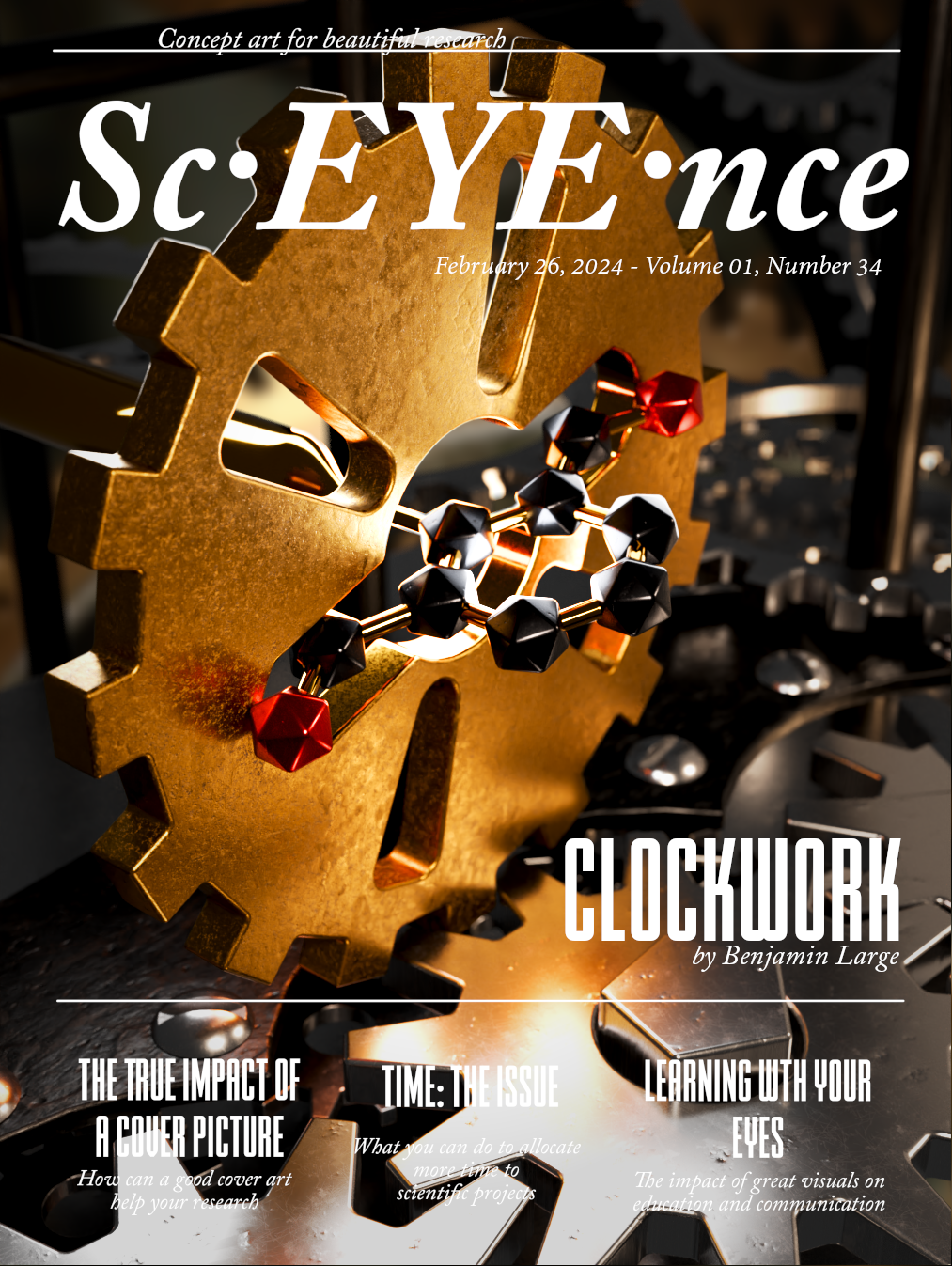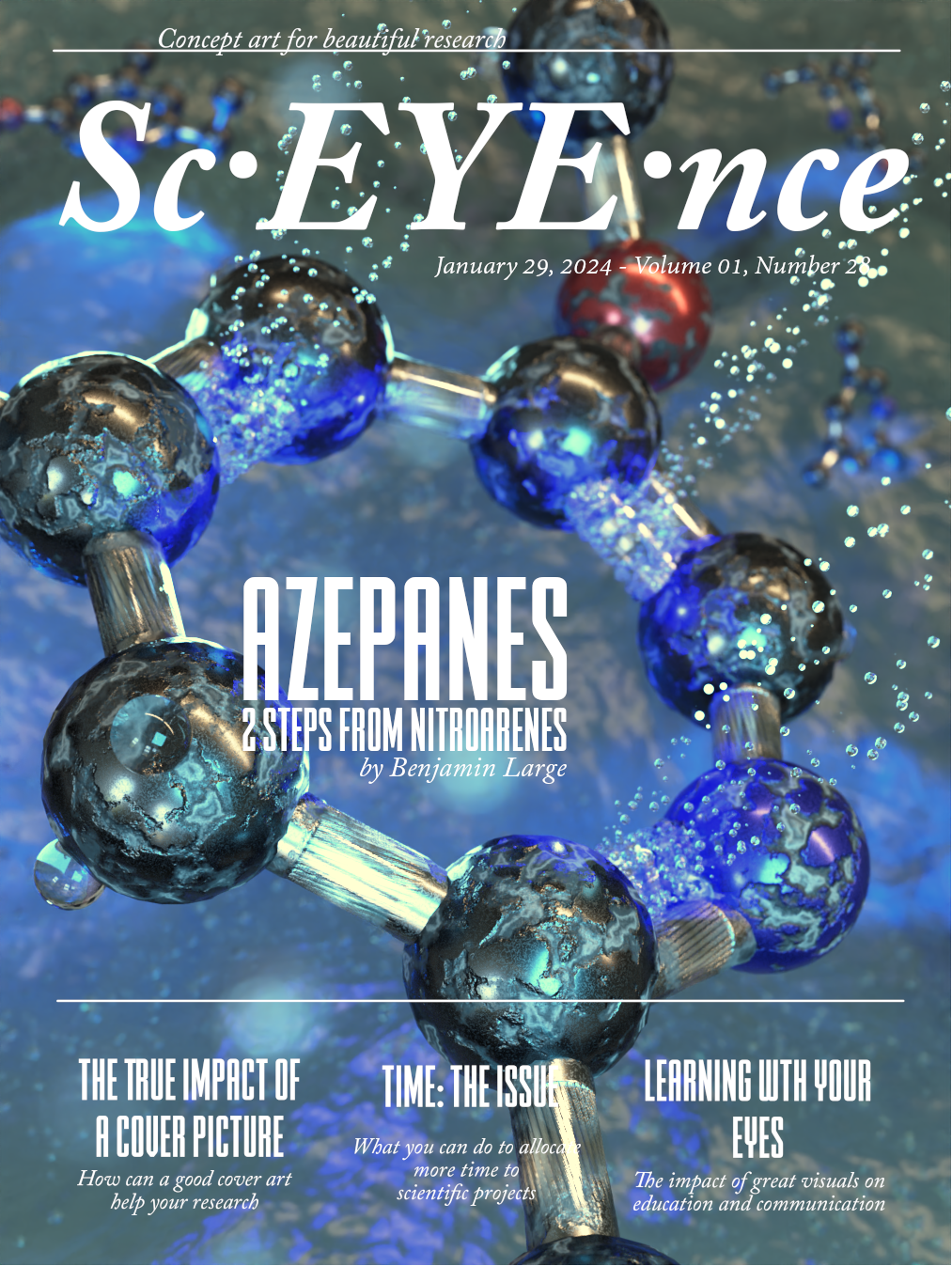Journal Covers · Science Animations · Graphical Abstracts · Infographics · Scientific visuals
Sc·EYE·nce
Concept art for beautiful research
See the Science, Grasp the Concept
Who better than a former researcher to illustrate science? Sc·EYE·nce specialize in scientific illustration, journal covers, infographics, and educational videos. I am dedicated to bringing your scientific concepts to life with striking scientific visuals.
Check out some of my creations here!







